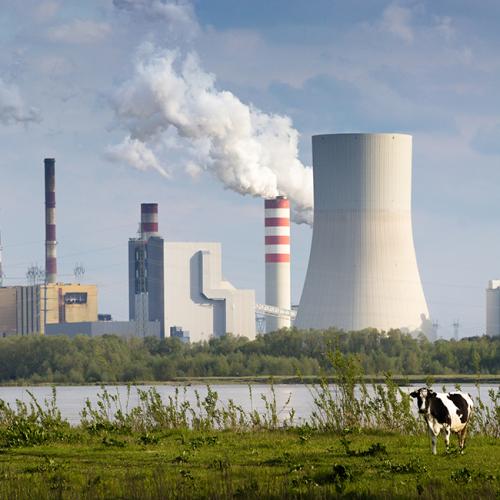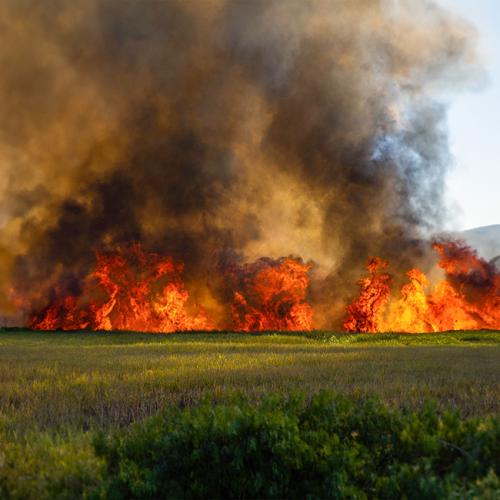The 1.5°C limit means we can avoid the worst of the climate crisis
The IPCC Special Reports SR1.5 and SR Land are clear: limiting global warming to 1.5°C is crucial to avoiding the worst impacts of climate change. Compared to 2°C of warming, a 1.5°C limit would significantly reduce the severity of extreme events—for example, mid-latitude heat waves would be, on average, 1°C cooler. It would also lessen disruptions to human and ecological systems, with 158 million fewer people affected by changes in crop yields.
Keeping warming below 1.5°C would mean substantially fewer people facing water scarcity, food insecurity, and extreme poverty. While this goal remains within reach, achieving it requires immediate and rapid action. Stringent emission reductions must take place in the very near term to cut projected 2030 CO2 emissions by half.
To stay on a 1.5°C pathway, CO2 emissions must peak immediately and reach net zero by mid-century, with total greenhouse gas emissions following suit in the second half of the century. The time to act is now.
Related from Airclim:







